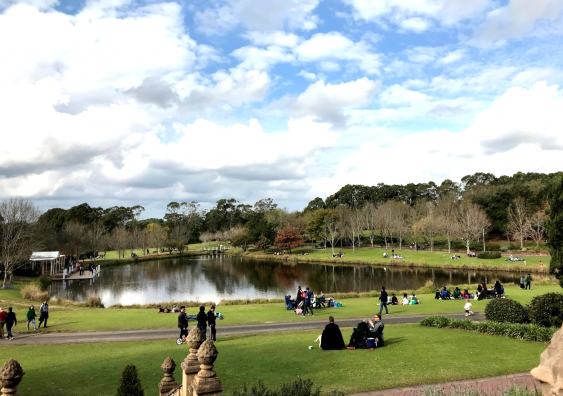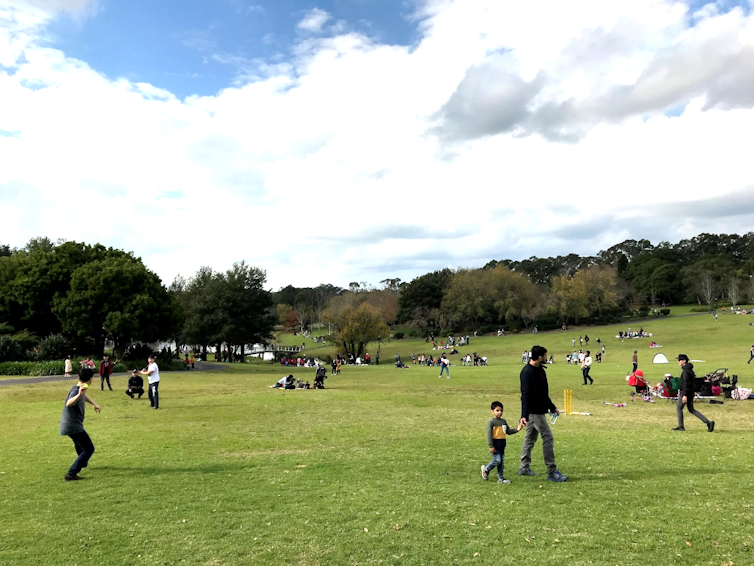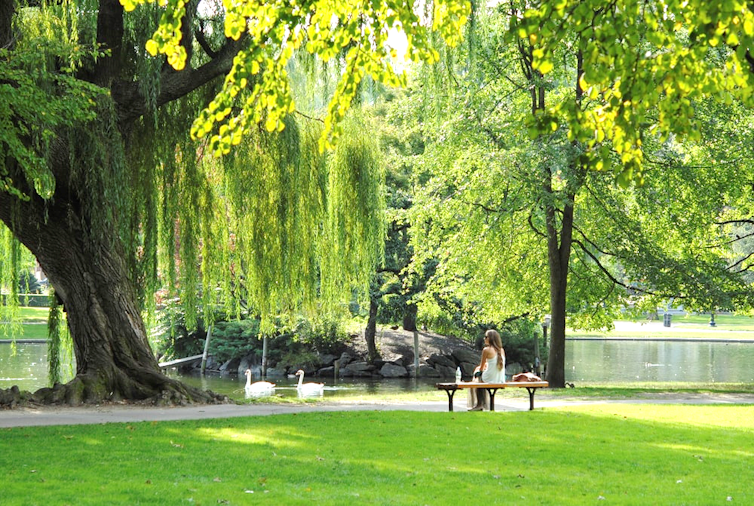People's odds of loneliness could fall by up to half if cities hit 30% green space targets
For the areas of cities with less than 10 per cent green space, increasing that to 30 per cent could cut the overall odds of residents becoming lonely by a quarter.






